This morning, we left the visitor center parking lot at Tombstone Territorial Park and drove back down the Dempster Highway to pick up the Klondike Highway into Dawson City, epicenter of the Klondike Gold Rush of 1896.
In the visitor center, a pair of moose skulls were on display. Biologists suspect that the pair became tangled with one another while sparing, and died of starvation. This is all that was left by the time they were found:

We walked around the town of 1,300 people, admiring many of the original buildings still standing:


The post office:



Some buildings are really small:


Some of the buildings were in pretty bad shape. This is what happens when permafrost melts under half of a building’s foundation but not under the other half:

We left the RV in town and drove to Dredge #4, the largest wooden-hulled bucket dredge in North America. The dredge floats in a pond, digs up the dirt in the pond, separates out the gold, and dumps the tailings behind it. Dredge 4 worked until the 50s, and was just recently restored:

One of the buckets used by the dredge:

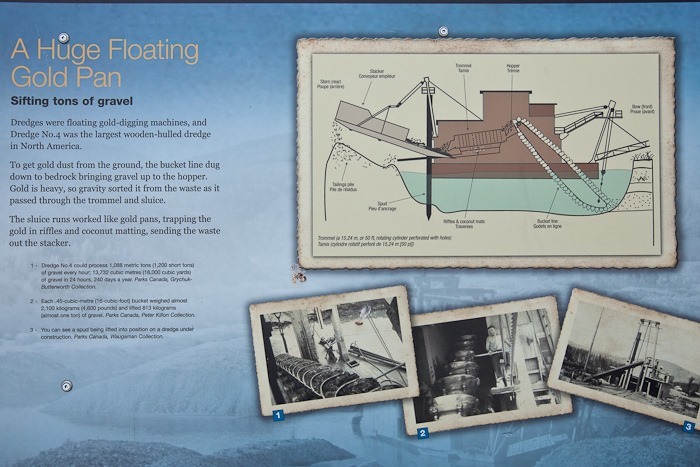
This is the chute through which the tailings were ejected:

Continuing South, we stopped at Bonanza Creek, where the Klondike Gold Rush began. We did a bit of panning, but did not find any gold, which is not too surprising since this area has already been dredged:




Having read about them as we travelled through the area, B built a family of small Inuksuks:


Returning to Dawson City, we drove West out of town on the Klondike Highway but very quickly ran out of road. The only way across the Yukon River at Dawson City is a 12 car ferry that shuttles vehicles back and forth 24 hours a day. We used up one of the two lanes on the ferry, and the other lane had six cars in it:



Looking back towards Dawson City as we plowed through the 10 knot current:
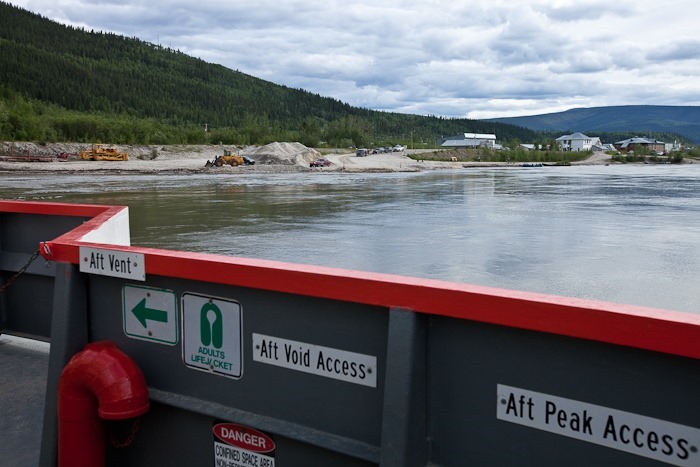
We photographed the ferry as we drove away from it on the far side of the river:

Driving now on the Top of the World Highway, so named because it follows a ridge line, we continued West until we reached the Poker Creek border crossing. It was much easier getting back into the US than it was to enter Canada. After clearing the border, we played the national anthem and teared up bit. Canada has been great for the last two weeks, but it’s nice to be home:

About 10 minutes after crossing the border, I felt a sudden drag on the RV, as if the brakes were on. I pulled over right away to find the rear axle of the RV at a less than ideal angle:

The bolt that holds the springs together had failed, allowing the axle to slide up and back along the leaf spring into the stairs, bending the stairs back and crushing adjacent paneling:


Walking back up the road, I found the missing springs:

The jack that comes with the truck wasn’t that strong, but it’s all that I had, so I started jacking up the RV:

After a little while, a trucker stopped to see what was amiss:



Since I didn’t have a replacement spring bolt, I clamped the remaining springs together and then pounded the springs that had fallen out in between the spring stack and the axle perch:

The trucker gave me a large strap which I used to hold the rear axle to prevent it from sliding back:

With the axle in its correct, lowered position, I couldn’t get the tire back on, and the jack wouldn’t lift any more weight, so I dug a hole in the ground to allow the tire to be bolted onto the axle:

Thus jury-rigged, we drove very slowly for three miles until we reached a pullout at Jack Wade Junction, the Western terminus of the Top of the World Highway. We arrived at 2:30AM Canadian Time, about 6 hours after the axle failure:

Tomorrow, I’ll drive the 3 hours to Tok, Alaska. We have no phone or wifi up here, but I assume Tok has an auto parts store where I can buy better jacks and replacement hardware to permanently reattach the axle to the RV. See the trip map for today’s drive and our current location.



































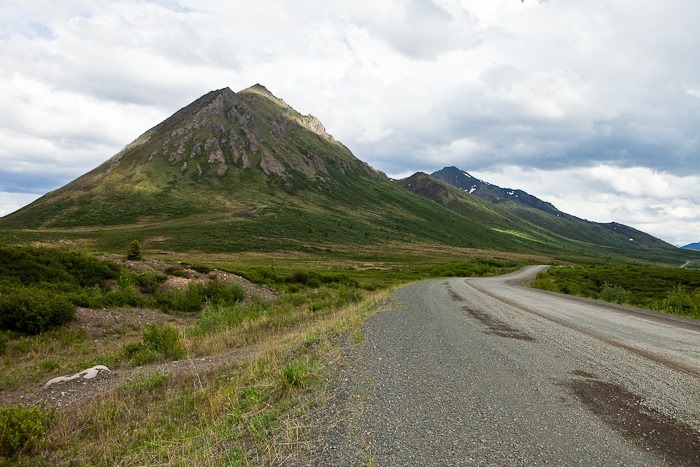


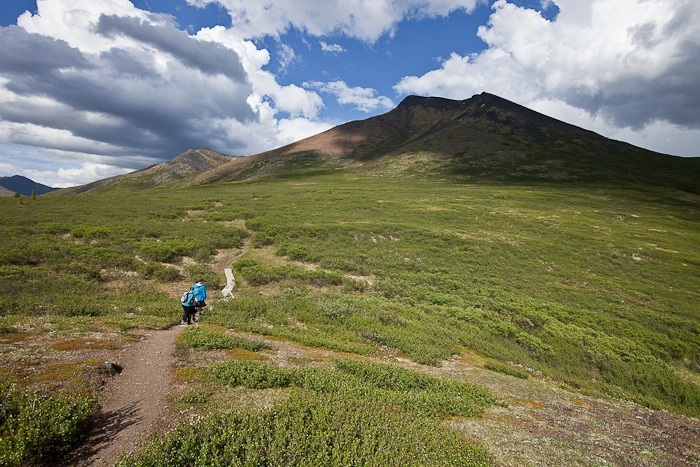















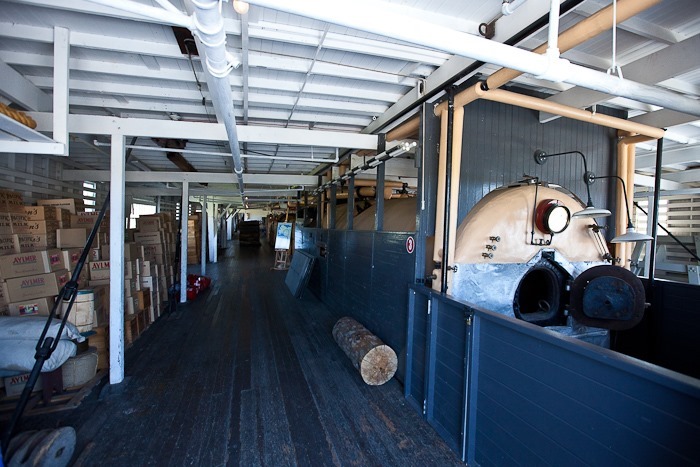






















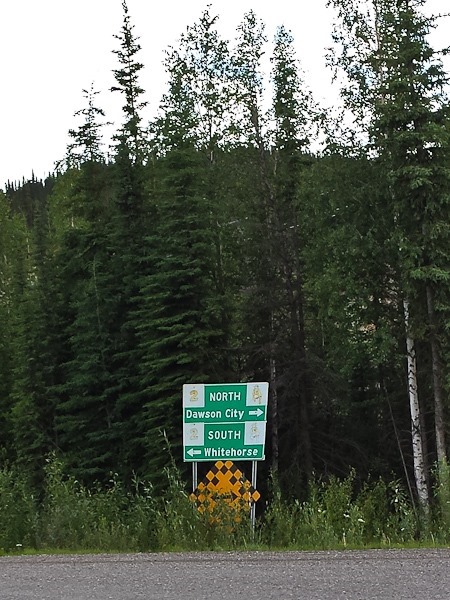












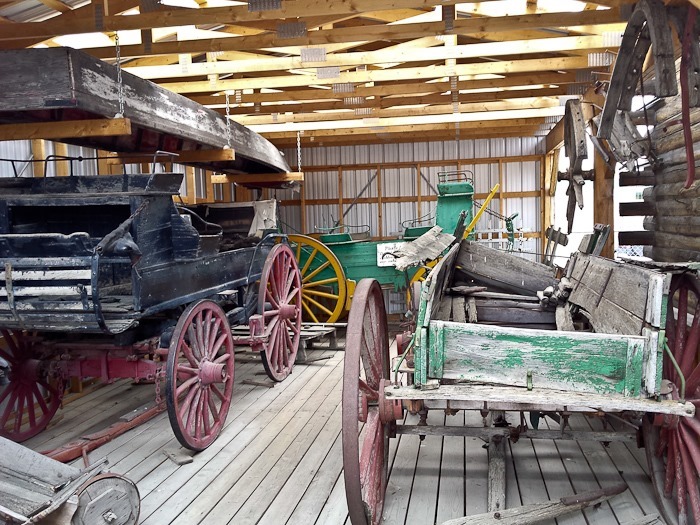


















 Facebook
Facebook Email
Email